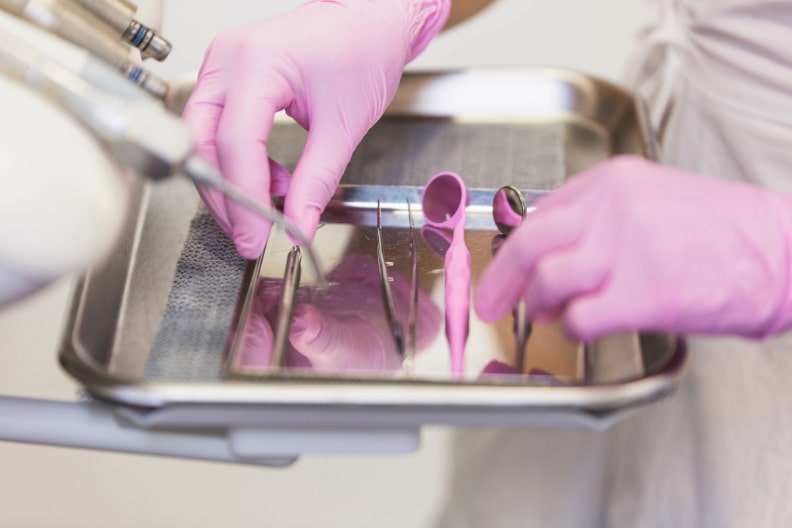Biocontamination Testing

Class IIa, IIb, and III
medical devices are subject to serious biological contamination. It is the manufacturer's responsibility to ensure that medical devices are safe for patient health. To minimize the risk of contamination, everything used, including water, gas, and lubricants, must undergo strict control, especially air and surface control.
Data obtained from biological contamination tests can identify microbial changes, validate and control sterilization processes, and compare the initial biological load with the final process outcome. To determine air biocontamination, a method using bio-impingers is used, while surface biocontamination can be tested by swabbing or agar plating under standard conditions. Similarly, microbial counts can be performed in process water.
What is Biocontamination?
Biocontamination refers to the contamination of medical devices with microbial agents (bacteria, fungi, viruses, etc.). This type of contamination can compromise the safe use of the device and increase the risk of infection. In addition, biocontamination can affect the performance and functionality of the device.
What are the sources?
- Human-related: Contamination of medical devices through human contact during production, packaging, or use.
- Environmental: Microbial contamination from dust, moisture, or surfaces in the air.
- Sterilization errors: Contamination resulting from incomplete or inadequate sterilization processes.
Importance of Biocontamination Testing
Biocontamination tests are performed to evaluate the sterility levels and potential microbial risks of medical devices prior to use. These tests ensure that devices can be used safely and effectively.
Basic Objectives of Tests
- Sterility Verification: To check whether the sterilization process of medical devices has been completed successfully.
- Microbial Load Analysis: To determine the microbial density and types on the device.
- Ensuring User Safety: To protect patients and healthcare personnel from the risk of infection.
- Legal Compliance: To ensure compliance with standards and regulations such as ISO and FDA.
Recommendations for Reducing Biocontamination Risks
- Effective Sterilization: Processing devices using appropriate sterilization techniques (e.g., ethylene oxide, autoclave, gamma radiation).
- Hygienic Production: Ensuring sterile environments during production processes.
- Packaging Techniques: Packaging devices in protective packaging to prevent microbial contamination.
- Calibration and Monitoring: Regular calibration and inspection of sterilization equipment.
It is important to work with a team of experts and competent laboratories to test and improve the quality and system performance of medical devices. As Nanolab Laboratories Group, we provide Biocontamination Testing Services for Medical Devices.

